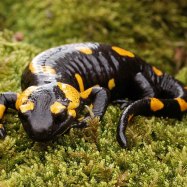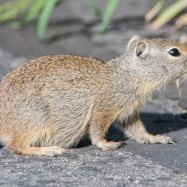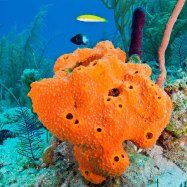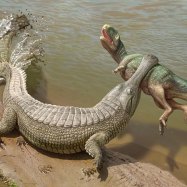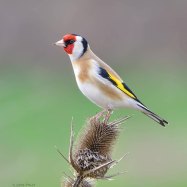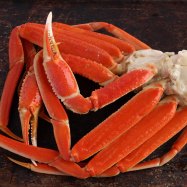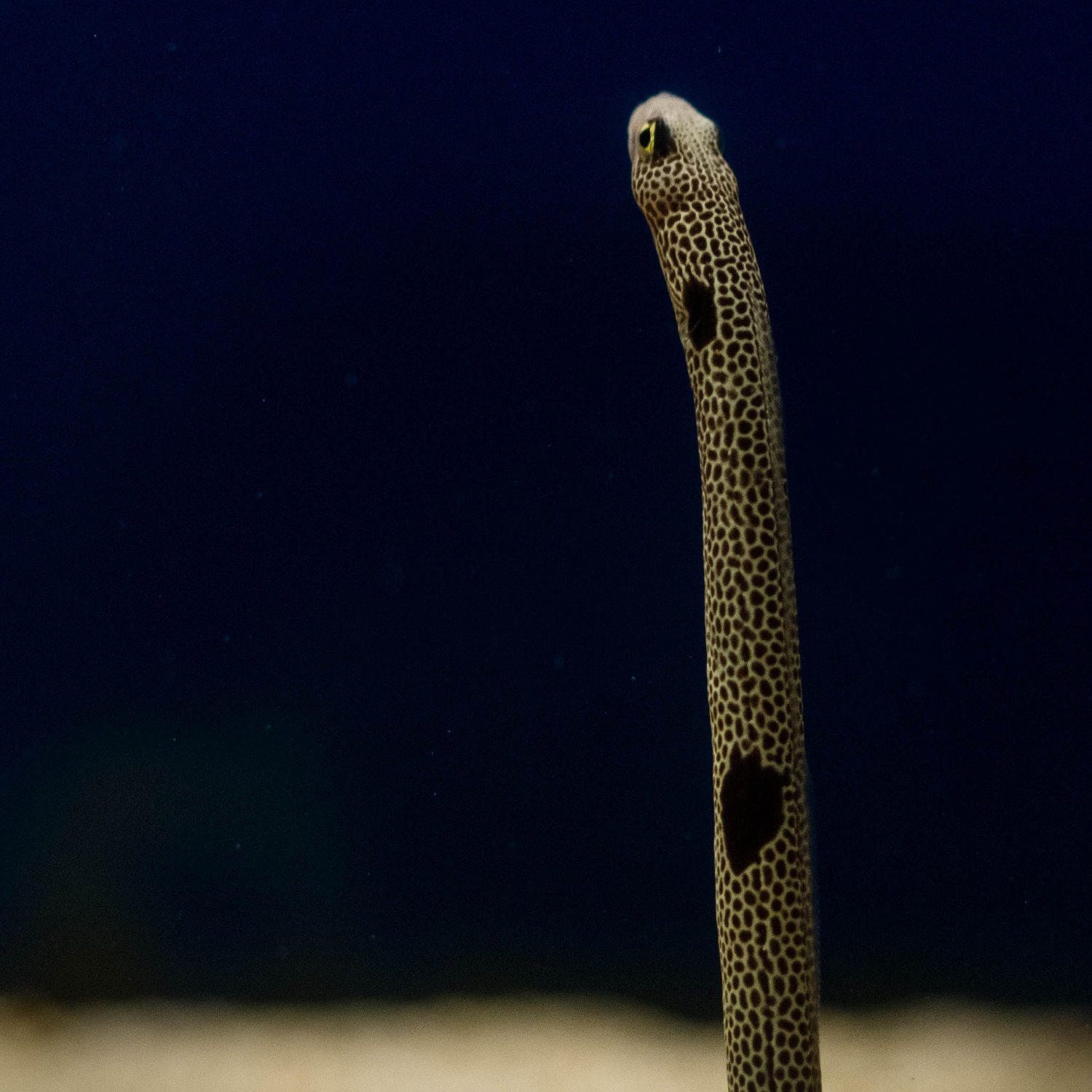
Spotted Garden Eel
15-40 cm
The Spotted Garden Eel, also known as the spotted snake-eel, can be found in the warm waters of the coral reefs and sandy bottoms. With its slender and elongated body, this member of the Congridae family can grow to be anywhere between 15-40 cm long. These fascinating creatures are a treat to see in their natural habitat and are a favorite among many divers and ocean enthusiasts.
Animal Details Summary:
Common Name: Spotted Garden Eel
Kingdom: Animalia
Habitat: Substrate-dwelling
The Fascinating World of the Spotted Garden Eel
The ocean is full of unique and fascinating creatures, where each species has its own distinct characteristics. In the vast and diverse underwater world, one particular animal that stands out is the Spotted Garden Eel. With its striking appearance and interesting behaviors, this marine creature has captured the attention of researchers and nature enthusiasts alike. In this article, we will take a closer look at the Spotted Garden Eel and uncover the many interesting aspects of this elusive creature Spotted Garden Eel.Scientifically known as Heteroconger hassi, this eel belongs to the kingdom Animalia, the phylum Chordata, and the class Actinopterygii. It is classified under the order Anguilliformes and the family Congridae. Native to the Indo-Pacific region, the Spotted Garden Eel can be commonly found in Indonesia, residing in coral reefs and sandy bottoms.
This eel is known as the Spotted Garden Eel due to its unique body coloration, which is pale yellow to white with brown or black spots, giving it a spotted appearance. These spots can vary in size and shape, giving each individual eel a distinct pattern. In fact, these spots are one of the ways to differentiate between different species.
They have a slender and elongated body shape, making them look more like a snake than an eel. Their body length can range from 15 to 40 cm, with an average of around 25 cm. This may seem small in comparison to other marine animals, but for the Spotted Garden Eel, it is the perfect size to maneuver around the sandy bottoms of their habitat Skate Fish.
Habitat and Distribution
As their name suggests, Spotted Garden Eels are most commonly found in sandy bottoms, where they create their own burrows. These burrows are primarily used for protection from predators and strong ocean currents. They can also retract into their burrows to hide when they feel threatened.In terms of distribution, the Spotted Garden Eels are mostly found in the Indo-Pacific region, covering a vast area from the Red Sea to the coast of Africa, Japan, and Australia. Within this region, they are commonly found in the waters of Indonesia, particularly in areas with coral reefs.
Feeding and Behavior
One of the most interesting aspects of the Spotted Garden Eel is their feeding method. They are carnivorous, and their diet primarily consists of small marine creatures such as plankton, crustaceans, and small fish. They use their well-developed sense of smell to detect food, and their slender body allows them to quickly strike and engulf their prey.They are not aggressive creatures and do not pose any danger to humans. In fact, they are quite shy and elusive, making it challenging to study their behavior in the wild. Researchers have observed that Spotted Garden Eels have a unique feeding behavior, often associated with communication. When there is an abundance of food, they will swim together in large groups, forming a "garden" of eels. This behavior is thought to be a way to warn others about a good feeding spot or to protect each other while feeding.
Adaptations for Survival
Living in a dynamic and constantly changing environment, the Spotted Garden Eel has developed several adaptations to ensure its survival. The most notable of these adaptations is their burrowing and retracting abilities. They create their burrows using their long and slender bodies, and they can quickly retreat into their burrows when faced with danger.Additionally, their body coloration also serves as a form of camouflage from predators. The pale yellow and white color helps them blend in with the sandy bottom, making it harder for predators to spot them.
Importance to the Ecosystem
Spotted Garden Eels may seem like small and insignificant creatures, but they play a crucial role in the ecosystem. As primary consumers, they help regulate the population of small marine creatures, thus maintaining the balance of the ocean's food chain.Furthermore, their burrowing activity also serves a purpose in the ecosystem. The digested sand from their burrows is often used by other marine organisms, such as worms and sea cucumbers, providing them with a source of nutrients.
Conservation Status
The International Union for Conservation of Nature (IUCN) has not yet assessed the conservation status of the Spotted Garden Eel. However, they are not considered endangered or threatened at the moment. As they primarily reside in coral reefs, the destruction of these habitats due to human activities could potentially pose a threat to their population.In Conclusion
The Spotted Garden Eel may not be the most popular or well-known marine creature, but their unique characteristics and behaviors make them a fascinating species to study. From their spotted appearance to their feeding and burrowing habits, there is still much to be discovered about these elusive creatures. As we continue to explore and learn more about the ocean, we must also strive to protect and preserve the habitats of these beautiful creatures that call it home.

Spotted Garden Eel
Animal Details Spotted Garden Eel - Scientific Name: Heteroconger hassi
- Category: Animals S
- Scientific Name: Heteroconger hassi
- Common Name: Spotted Garden Eel
- Kingdom: Animalia
- Phylum: Chordata
- Class: Actinopterygii
- Order: Anguilliformes
- Family: Congridae
- Habitat: Substrate-dwelling
- Feeding Method: Carnivorous
- Geographical Distribution: Indo-Pacific
- Country of Origin: Indonesia
- Location: Coral reefs and sandy bottoms
- Animal Coloration: Pale yellow to white with brown or black spots
- Body Shape: Slender and elongated
- Length: 15-40 cm
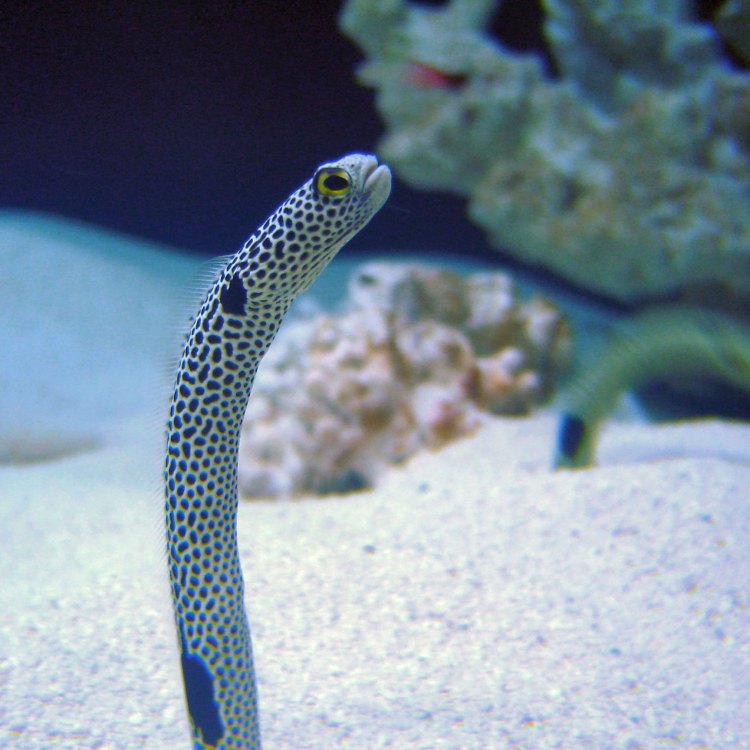
Spotted Garden Eel
- Adult Size: 30-40 cm
- Average Lifespan: Around 10 years
- Reproduction: Oviparous
- Reproductive Behavior: Males guard the eggs
- Sound or Call: No sound production
- Migration Pattern: No significant migration
- Social Groups: Solitary
- Behavior: Shy and buries itself in sand when threatened
- Threats: Habitat destruction, overfishing
- Conservation Status: Not evaluated
- Impact on Ecosystem: Act as prey for larger predators
- Human Use: Not commercially significant
- Distinctive Features: Elongated body with numerous small spots
- Interesting Facts: They live in colonies known as 'eel gardens'
- Predator: Large fish and cephalopods
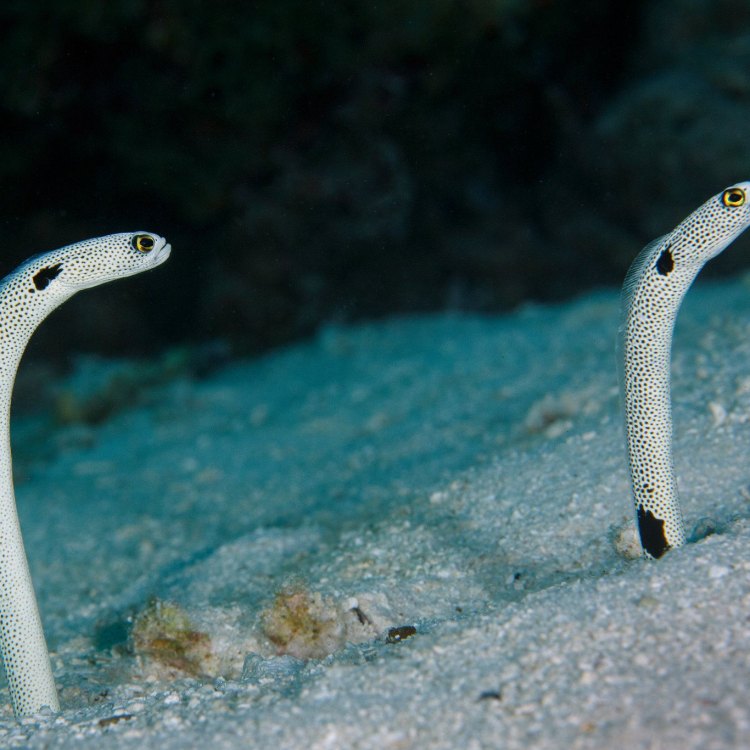
Heteroconger hassi
The Fascinating World of Spotted Garden Eels
When we think of eels, we conjure up images of slimy creatures lurking in the depths of the ocean. But have you ever heard of the Spotted Garden Eel? These mysterious and elusive creatures may not be as well-known as their snake-like counterparts, but they definitely have their own unique charm.Spotted Garden Eels, also known as Heteroconger hassi, are a species of eel found in the Indo-Pacific region, ranging from the Red Sea to Hawaii and Australia. They live in sandy seabeds in shallow water, typically less than 30 meters deep PeaceOfAnimals.Com. These creatures can grow up to 30-40 centimeters in length and have an average lifespan of around 10 years. Let us dive deeper into the fascinating world of the Spotted Garden Eel and uncover the distinctive features that make them stand out from other marine creatures.
Reproduction and Behavior
These eels are oviparous, meaning they reproduce through eggs produced by the female. During mating season, which takes place in the summer, males will stake out a territory and guard their eggs until they hatch. Interestingly, Spotted Garden Eels do not produce any sound or call during this process, making them a silent species.Although they are not known to migrate, Spotted Garden Eels are solitary creatures and tend to live alone. Their behavior is shy and reclusive, as they spend most of their time buried in sand with only their heads exposed. They are most active during the day, emerging from their sandy burrows to catch prey and socialize with other eels.
Distinctive Features and Interesting Facts
One of the most unique features of the Spotted Garden Eel is its elongated body with numerous small spots, hence the name "spotted Sockeye Salmon." The coloration of their skin can vary from brown to yellow, with darker spots along their body. These spots not only serve as a camouflage in the sandy seabed but also help differentiate between different individuals within a colony.Speaking of colonies, Spotted Garden Eels have an interesting way of living that sets them apart from other eels. They live in large groups known as "eel gardens," consisting of hundreds to thousands of eels packed together in one area. These eels are connected to each other through a complex network of burrows and are often seen swaying in the current, giving the appearance of a "garden" blooming in the ocean.
Threats and Conservation Status
As with many other marine species, Spotted Garden Eels face threats from habitat destruction and overfishing. They are often unintentionally caught in fishing nets, which can lead to a decline in their population. However, due to their widespread distribution and lack of significant threats, their conservation status has not yet been evaluated.Impact on the Ecosystem and Human Use
Spotted Garden Eels may not have significant commercial value, but they play a crucial role in the marine ecosystem. As prey for larger predators such as sharks and cephalopods, they help maintain balance in the food chain. Additionally, their burrowing activities can improve the quality of the sandy seabed, allowing for better circulation of oxygen and nutrients.While they may not be of much use to humans, Spotted Garden Eels have become a popular attraction for scuba divers and snorkelers. These gentle creatures make for a mesmerizing sight as they sway in the currents, giving the illusion of a vibrant underwater garden. However, it is important to practice responsible diving to avoid disturbing their natural habitat.
Predators and Survival Tactics
Being a small and defenseless species, Spotted Garden Eels have a limited set of survival tactics. They rely on their ability to burrow in the sand and their camouflage to hide from predators. However, they are not entirely defenseless as they have sharp teeth used for catching prey and defending against potential threats.Their main predators include large fish and cephalopods such as octopus and cuttlefish, which have both been observed to feed on Spotted Garden Eels. In some instances, octopuses have even been seen using their tentacles to capture eels, highlighting the importance of camouflage in their survival.
The Unique and Elusive Spotted Garden Eel
In conclusion, the Spotted Garden Eel may not be the most well-known marine creature, but it is definitely one of the most fascinating. Their solitary nature and unique behavior make them a mysterious species to study and admire. However, it is important for us to be mindful of their fragile habitat and to ensure the conservation of this stunning species for generations to come. So next time you are out diving or snorkeling in the Indo-Pacific, keep an eye out for these elusive creatures and appreciate the beauty of their eel gardens.
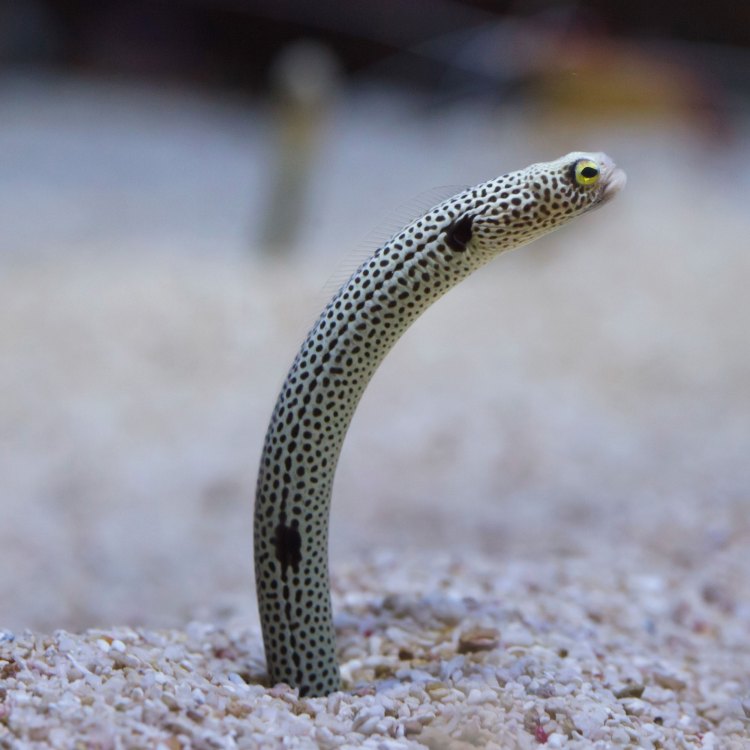
The Fascinating World of the Spotted Garden Eel
Disclaimer: The content provided is for informational purposes only. We cannot guarantee the accuracy of the information on this page 100%. All information provided here may change without prior notice.




